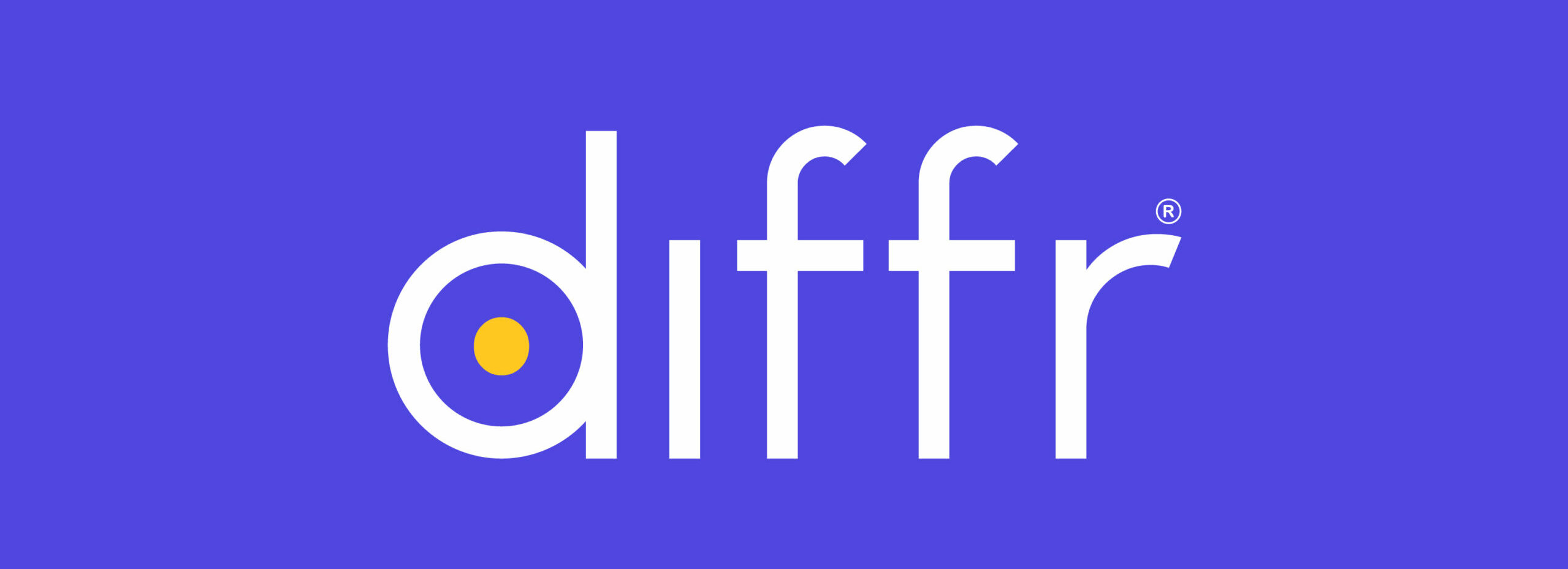Remote Hiring for Creative Professionals: Challenges and Solutions

Creative Job Platform - Find Jobs

Follow Us
Download Diffr App
Share This Post
Remote hiring, once a niche practice, has become mainstream due to digital transformation and the COVID-19 pandemic. It offers immense benefits, such as access to a broader pool of creative talent regardless of geographical boundaries. For industries reliant on creativity, this global reach is a game-changer. However, with these advantages come challenges, particularly when hiring creative professionals like graphic designers, video editors, and content creators.
According to recent data, 74% of companies worldwide plan to permanently shift to remote work post-pandemic, while 83% of employers report that remote hiring has expanded their access to talent. However, with this growing trend, several hurdles arise, from managing global teams to evaluating creative work remotely.
In this blog, we’ll explore the unique hurdles faced during remote hiring and provide practical solutions to help businesses successfully navigate this landscape. Whether you’re a startup looking to scale with remote hires or an established firm aiming to expand your team across borders, these insights will help you harness the power of remote hiring while overcoming its challenges.
Key Challenges and Solutions in Remote Hiring
- Evaluating Creative Talent: Assessing skills, qualifications, and cultural fit is already a complex task in traditional hiring, but it becomes even trickier in a remote context without in-person interactions. Evaluating a creative professional’s portfolio remotely can sometimes feel impersonal, and it may not fully reflect their collaborative potential or creativity under constraints.
According to a survey by LinkedIn, 67% of hiring managers find it challenging to assess soft skills like creativity and collaboration in remote interviews.
Solution:
Leverage a mix of tools to ensure thorough assessments. Online platforms like Behance or Dribbble can help gauge creative portfolios. Complement portfolio reviews with skill-specific tests and virtual interviews. Use behavioral questions to assess problem-solving, creativity, and communication skills. Additionally, personality tests can help understand a candidate’s work ethic and cultural fit.
2. Remote Onboarding: The onboarding process can feel disconnected when done remotely, especially for creative professionals who rely on brainstorming sessions and collaborative tools. Without the physical presence of mentors or team members, new hires may struggle to integrate.
Solution:
Design a structured onboarding process with clear milestones. Utilize virtual onboarding tools like Trello or Asana to guide the new hire through the process. Assign mentors who can offer regular check-ins. Encourage team collaboration through platforms like Slack or Microsoft Teams, and ensure new hires feel connected to the company’s culture.
Interestingly, 88% of companies say their onboarding processes lack the personal touch needed for remote hires to feel truly integrated into the team.
3. Time Zone Differences: When hiring across regions or even countries, managing time zones can become an issue, particularly for real-time collaboration or interviews.
Solution:
Use scheduling tools like World Time Buddy or Calendly to manage different time zones efficiently. Be flexible when setting interview or meeting times, and try to find overlapping working hours where communication is easier. Set clear expectations for asynchronous communication, especially for creative feedback or project revisions.
4. Building a Personal Connection and Team Culture Creative teams thrive on collaboration, brainstorming sessions, and the camaraderie that comes from working together in person. With remote work, creating those connections can be challenging, and employees may feel isolated.
Solution:
Focus on building a remote-friendly culture. Organize regular virtual team-building events, such as creative brainstorming sessions, virtual coffee chats, or online workshops. Encourage team members to share their ideas in a virtual “water cooler” setting. Creating a strong team spirit is essential to fostering creativity and innovation in remote settings.
Recent studies show that 60% of remote employees feel disconnected from their teams, making it crucial to implement strategies that prioritize team bonding.
5. Navigating Global Labor Laws Hiring internationally means grappling with labor laws and regulations across multiple jurisdictions, which can create compliance challenges.
Solution:
Before expanding your hiring globally, consult legal experts familiar with employment laws in different countries. Alternatively, use HR platforms like Deel or Remote.com that specialize in managing global payroll and compliance. These tools can help streamline the hiring process while ensuring you’re compliant with various labor laws.
6. Internet and Technology Barriers Remote work relies heavily on technology, and candidates or employees may face issues with poor internet connectivity or lack of proper equipment. These challenges can disrupt workflows, especially for creative professionals who need robust tools for graphic design, video editing, or other tasks.
Solution:
Offer technical support to ensure candidates can work efficiently. This could mean providing them with company-owned equipment, offering stipends for home office setups, or ensuring they have access to the necessary software. Conduct remote interviews using stable video conferencing platforms, and allow candidates to showcase their work through virtual demos or screen sharing.
Embracing the Future of Remote Hiring
Remote hiring offers exciting opportunities, particularly for companies looking to tap into global creative talent. However, it’s essential to anticipate and address the challenges associated with this practice. By utilizing the right tools and strategies, businesses can streamline the hiring process, build stronger remote teams, and create a positive experience for new hires.
At Diffr, we specialize in connecting businesses with top-tier creative professionals, no matter where they are. Whether you’re looking for a graphic designer, content writer, or video editor, our platform simplifies the hiring process while ensuring you get access to the best talent.
Remember: The future of work is not about where you are, but how you can contribute. Embrace remote hiring as a way to unlock new possibilities and bring in diverse, creative talent that can elevate your business.
You Might be Interested
-
Top 10 In-Demand Creative Skills to Learn After 12th in 2024
-
Why Creative Agencies Should Outsource Talent in 2024: Unlocking Flexibility and Expertise
-
Remote Hiring for Creative Professionals: Challenges and Solutions
-
AI in Media and Entertainment: Transforming the Landscape
-
Top 10 High-Paying Creative Careers in India (2024)



